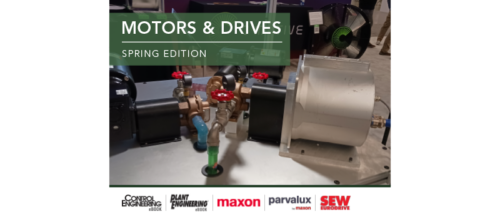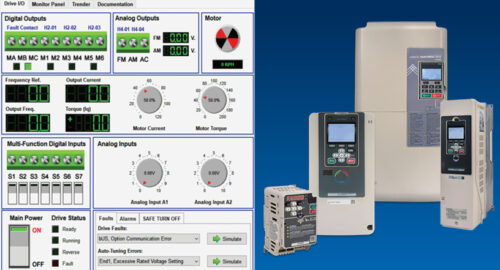Thermal performance: Resistor offers three ways to dissipate heat
| BHP75 Series power resistor from TT electronics’ BI Technologies SMT Div. features an insulated tapered venturi bonded to the substrate for maximum heat dissipation |
Munich, Germany —Non-molded power resistor rated up to 75 W from TT electronics BI Technologies SMT Div . was developed, says the company, to give design engineers an open screened substrate device for applications requiring superior thermal performance. BHP75 Series is housed in a TO-220 opened screened substrate package and has an insulated tapered venturi bonded to the substrate for maximum heat dissipation.
Design is said to provide three methods of heat dissipation. Explains Jim Rieley, sales director, “The chimney-shaped tapered venturi is attached to the ceramic substrate and convection forces hot air up the neck of the chimney and away from the resistor face of the component.” The resistor uses all three methods for dissipating heat, he adds, including conduction through the heat sink tab, radiation from the resistor surface, and convection through the venturi element.
Applications include higher wattage switchmode power supply circuits, motor control and drive circuits, inverters, and industrial power equipment. Products are rated for 75 W power dissipation at tab temperature maintained at 25 °C or less than 75 W. Resistance ranges from 1O to 100KO with tolerances ofrange is -55 to 155 °C.
Click here for more information or to obtain an engineering evaluation sample.
—Control Engineering Daily News Desk
Jeanine Katzel , senior editor
Do you have experience and expertise with the topics mentioned in this content? You should consider contributing to our CFE Media editorial team and getting the recognition you and your company deserve. Click here to start this process.





